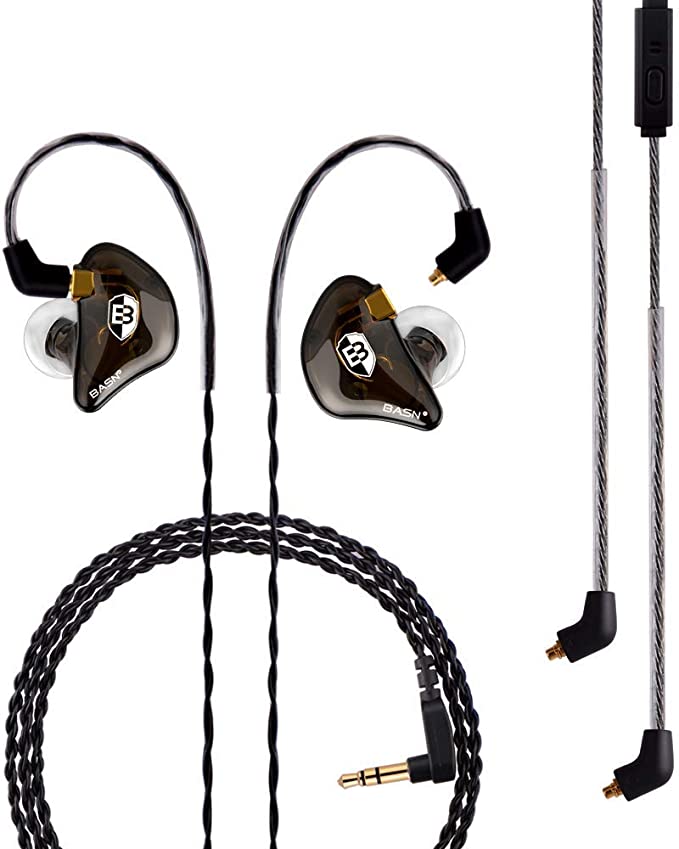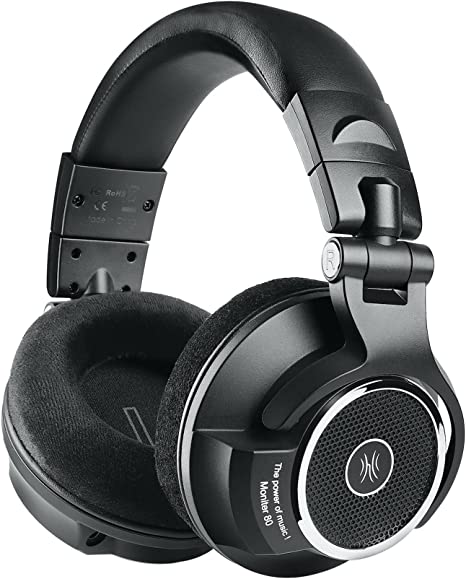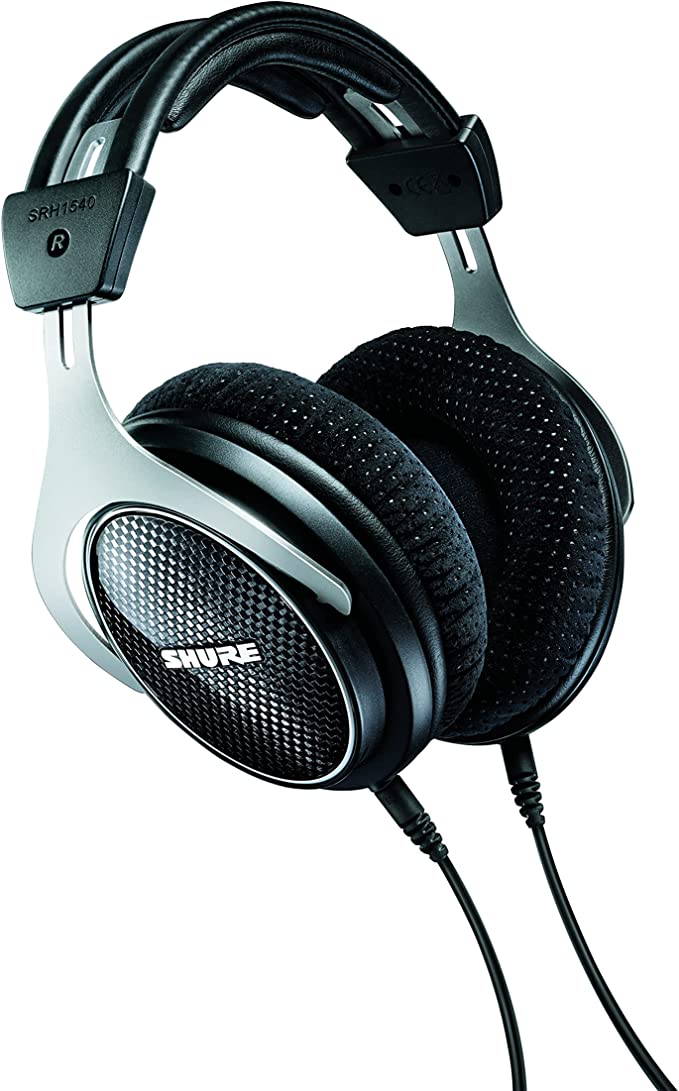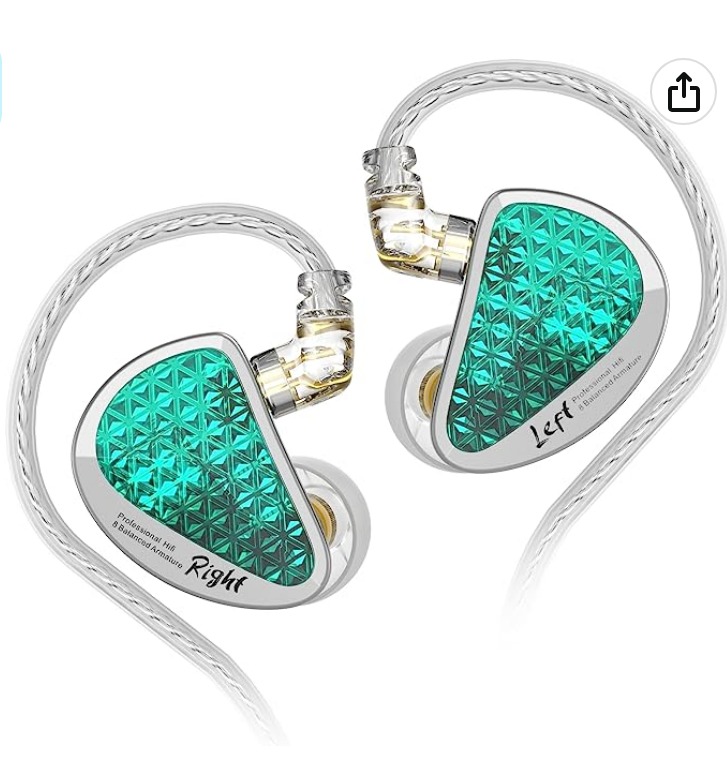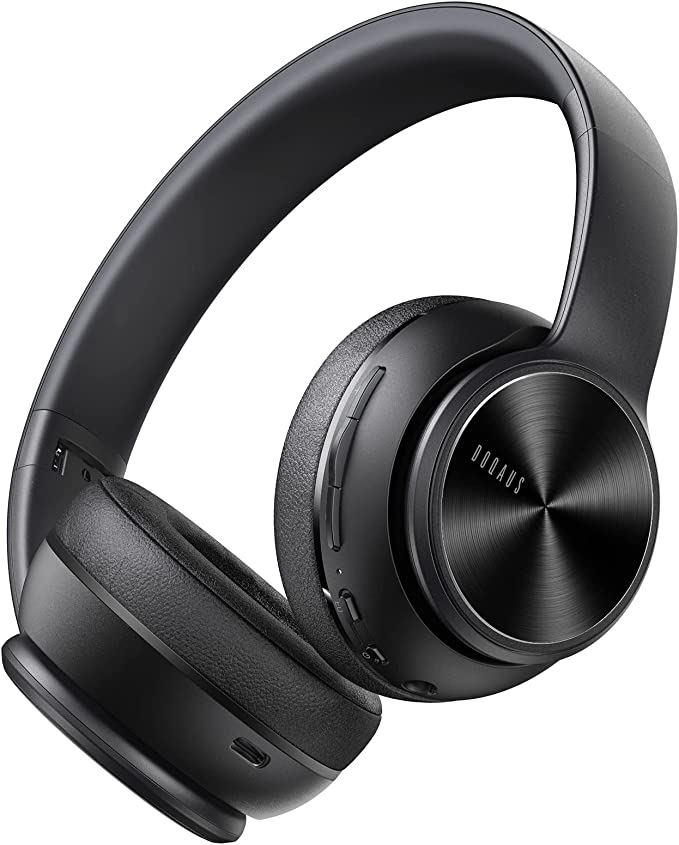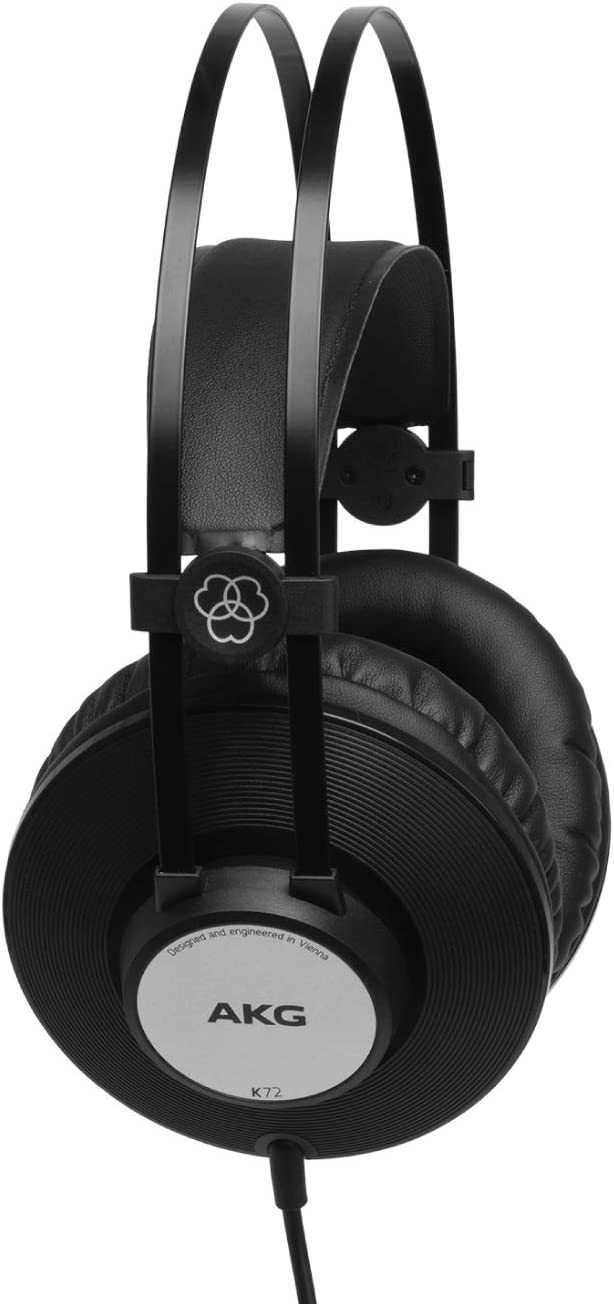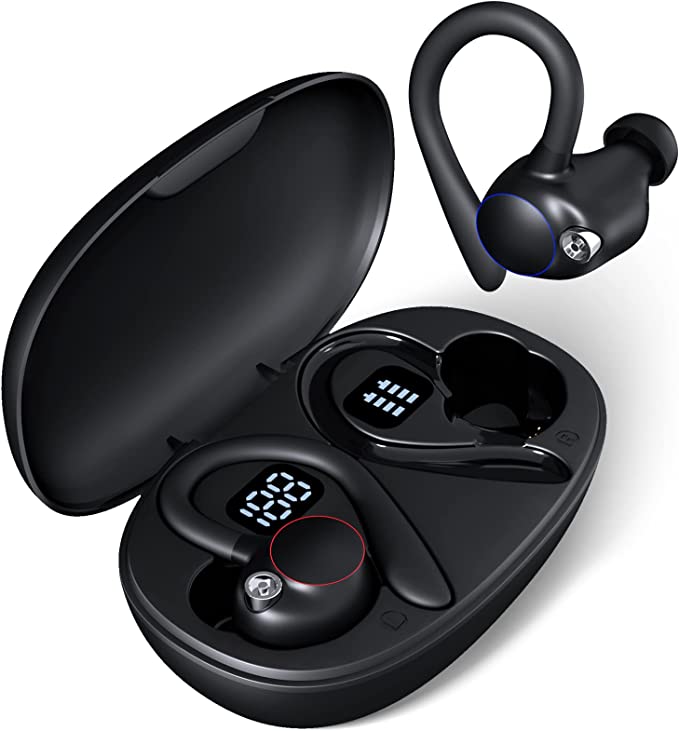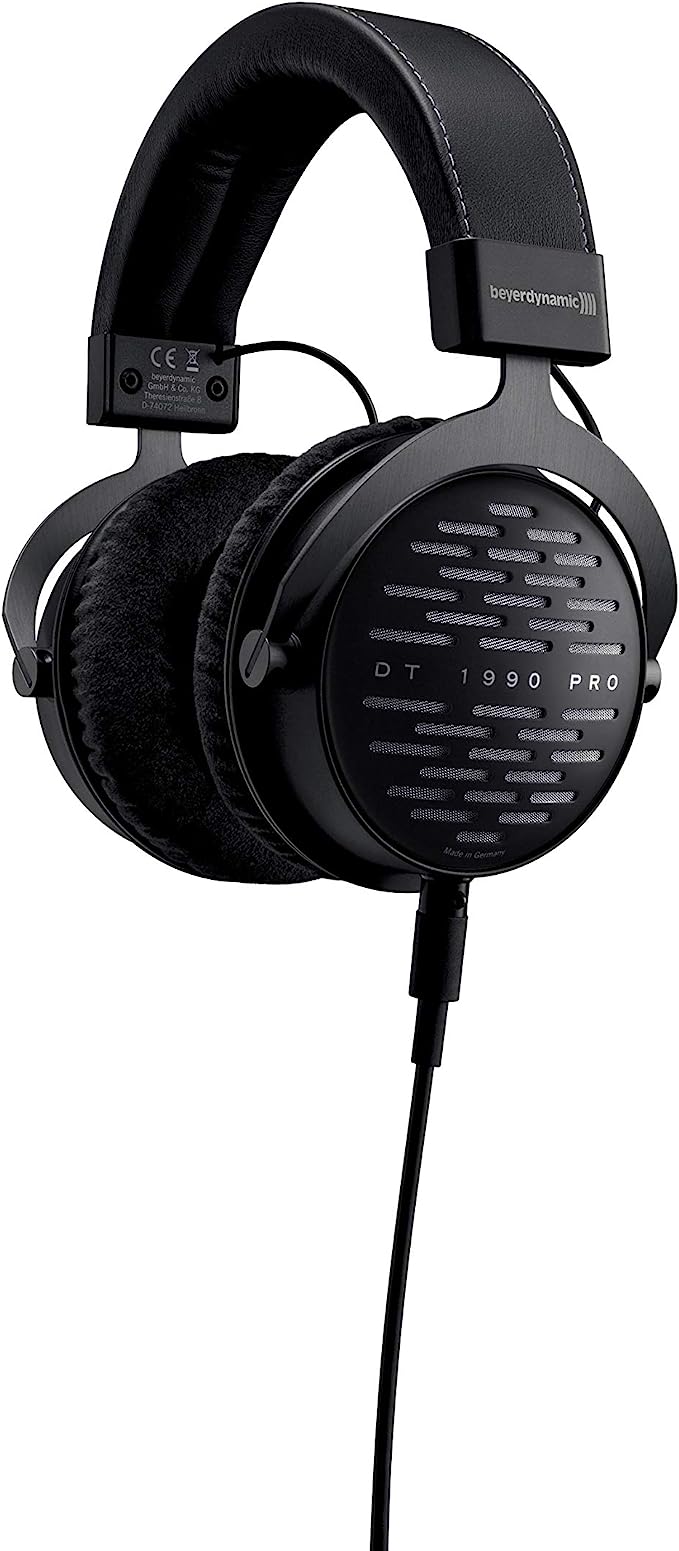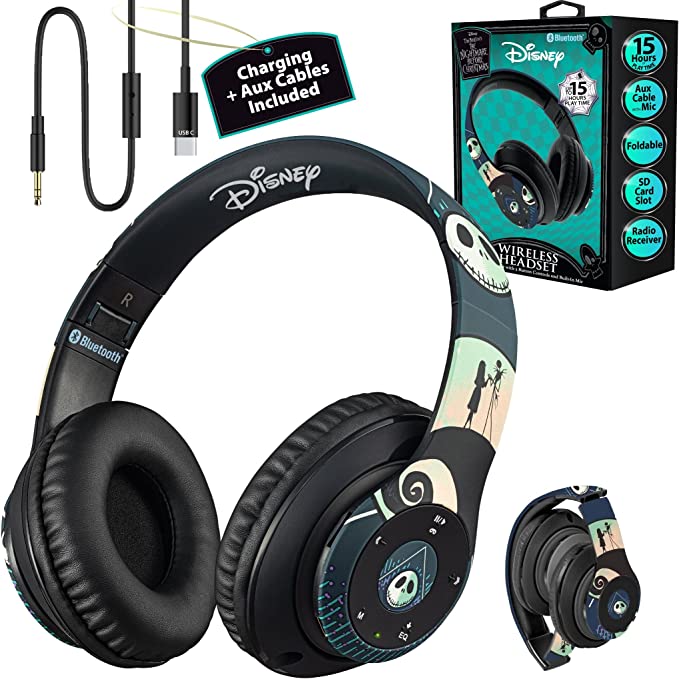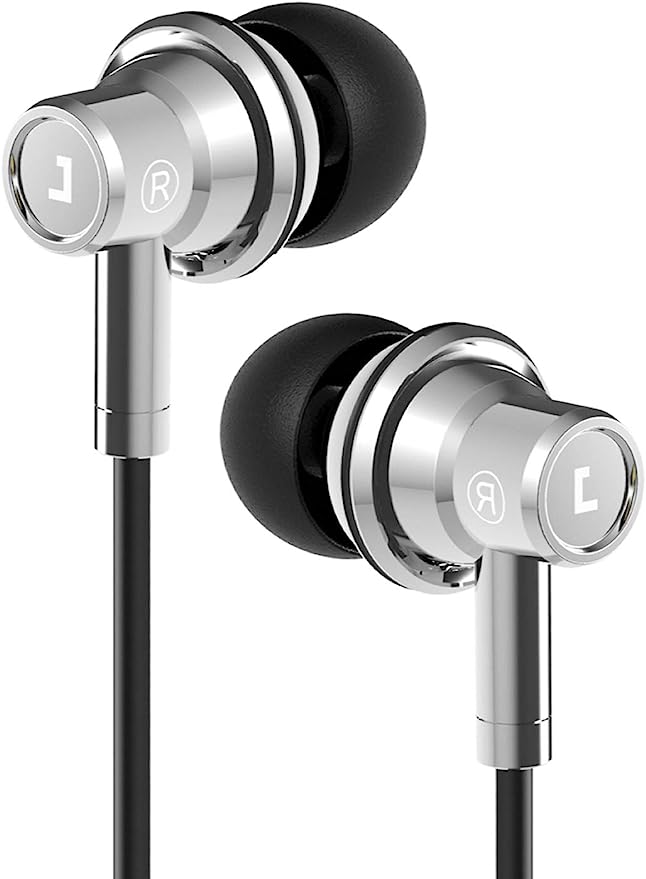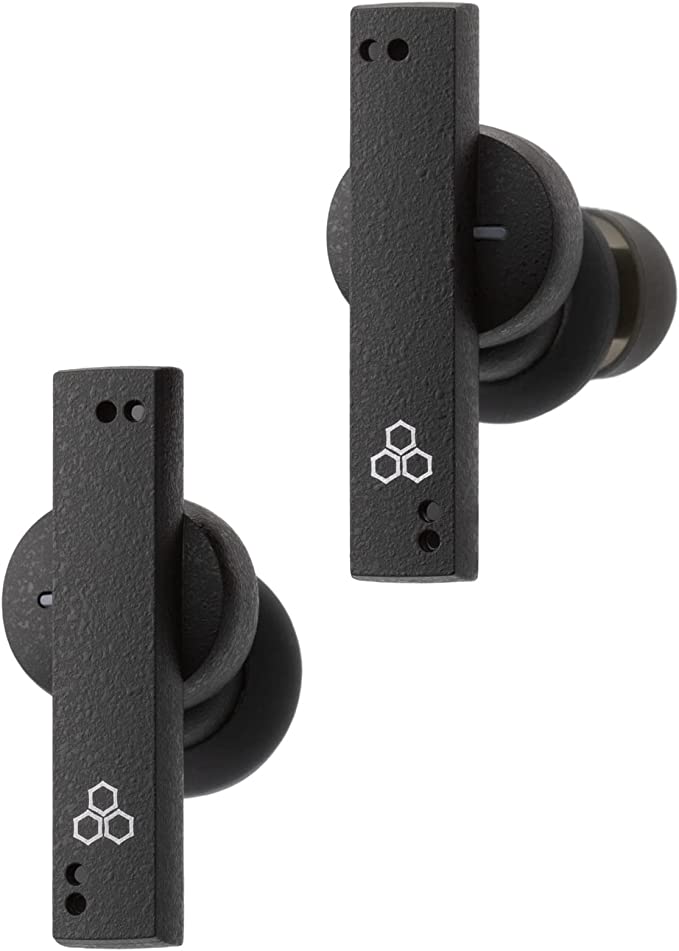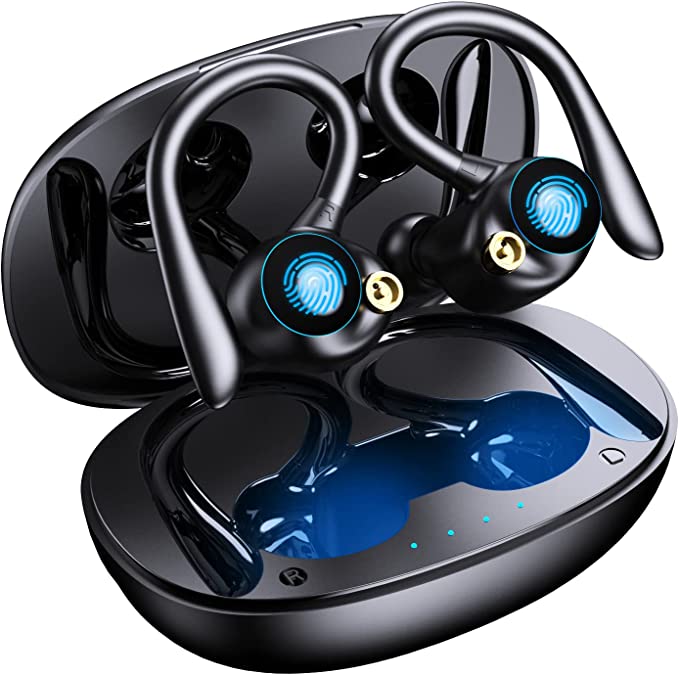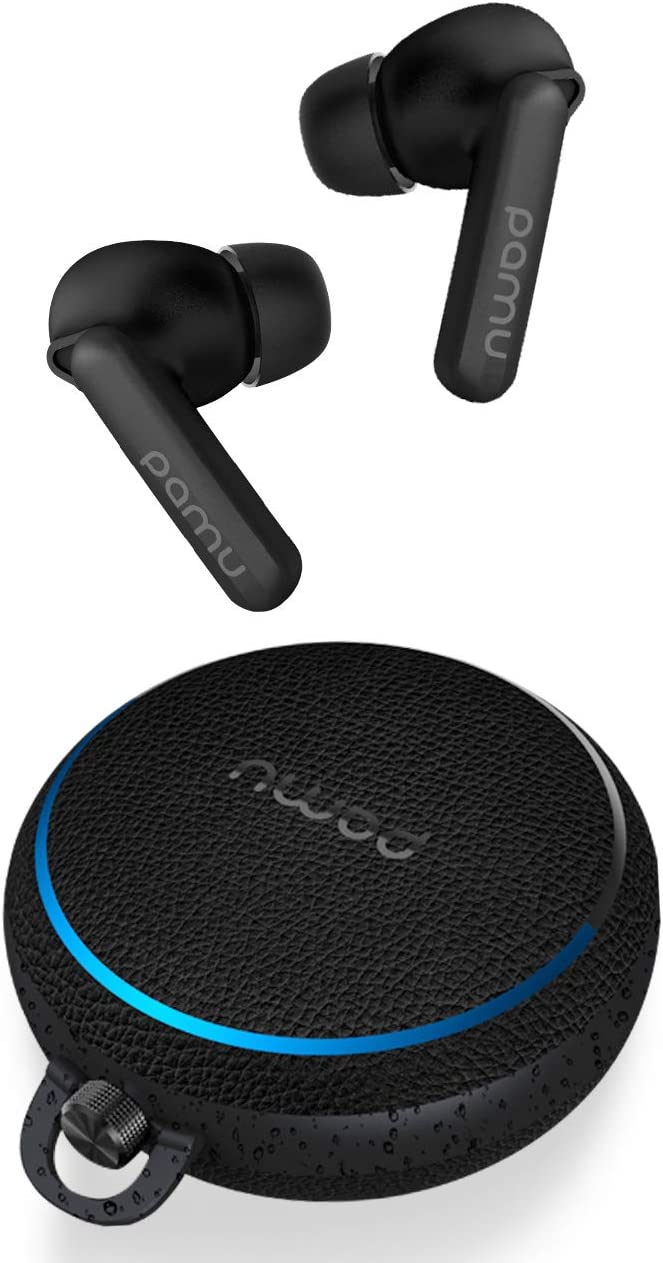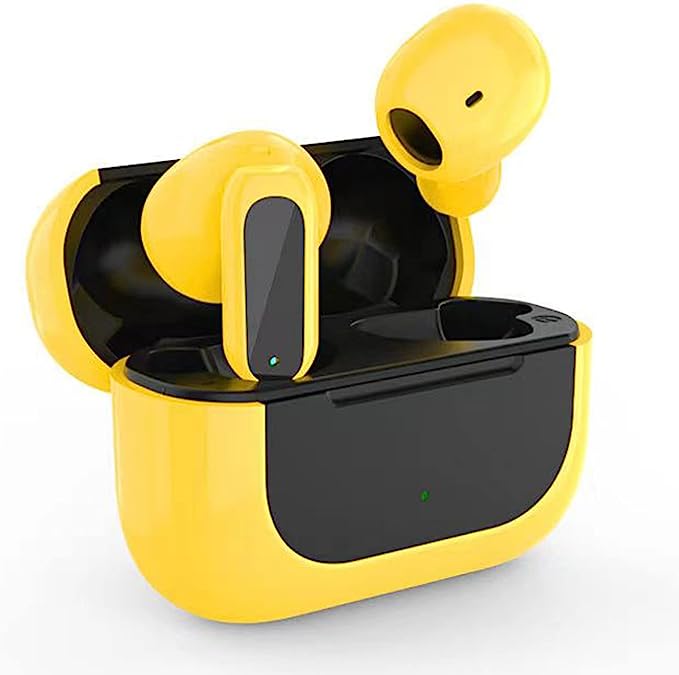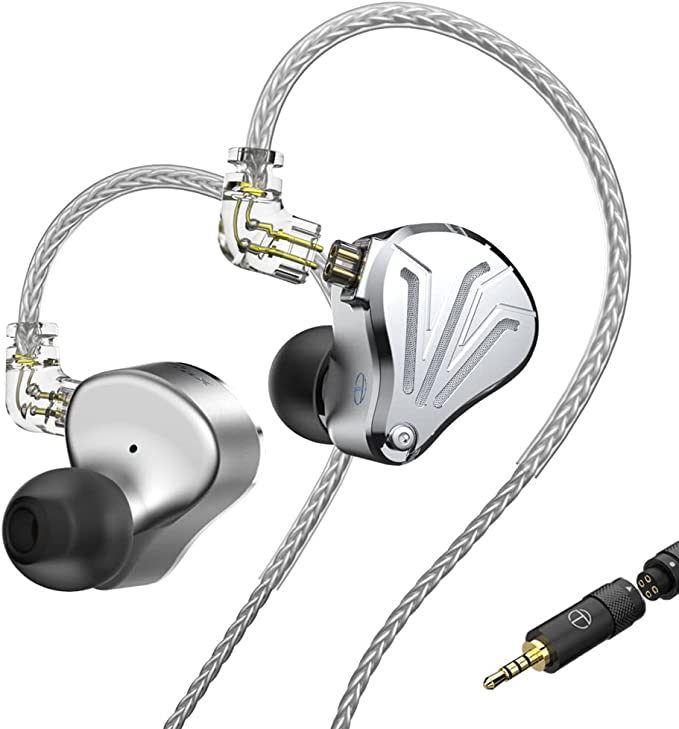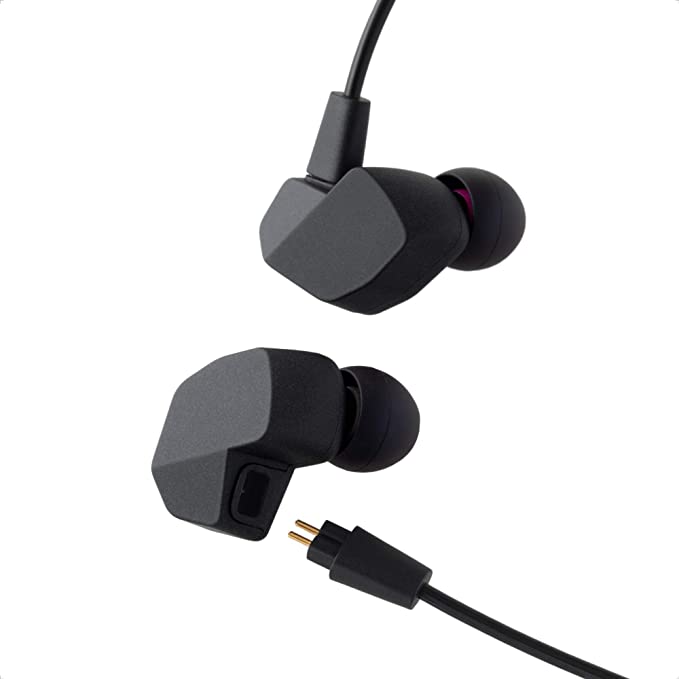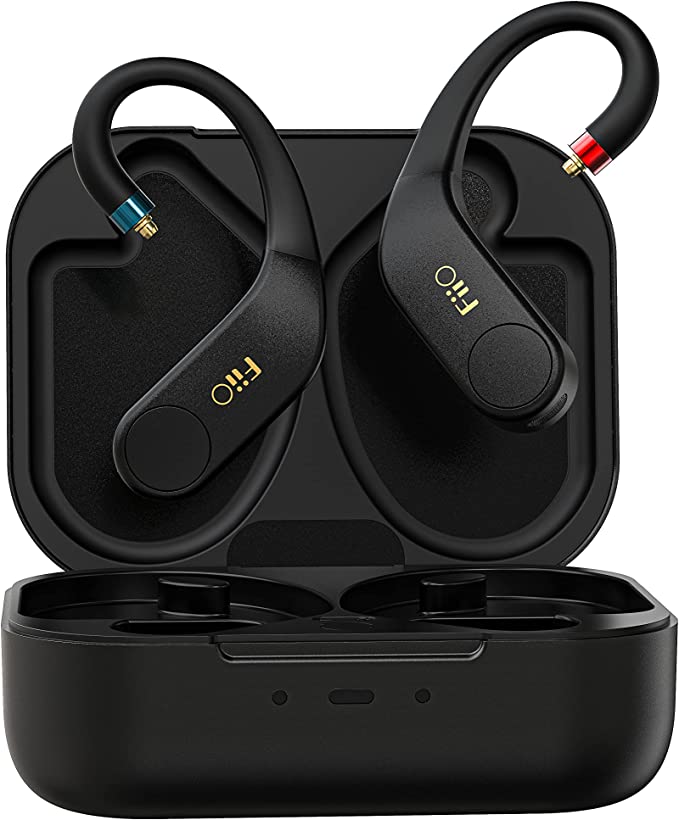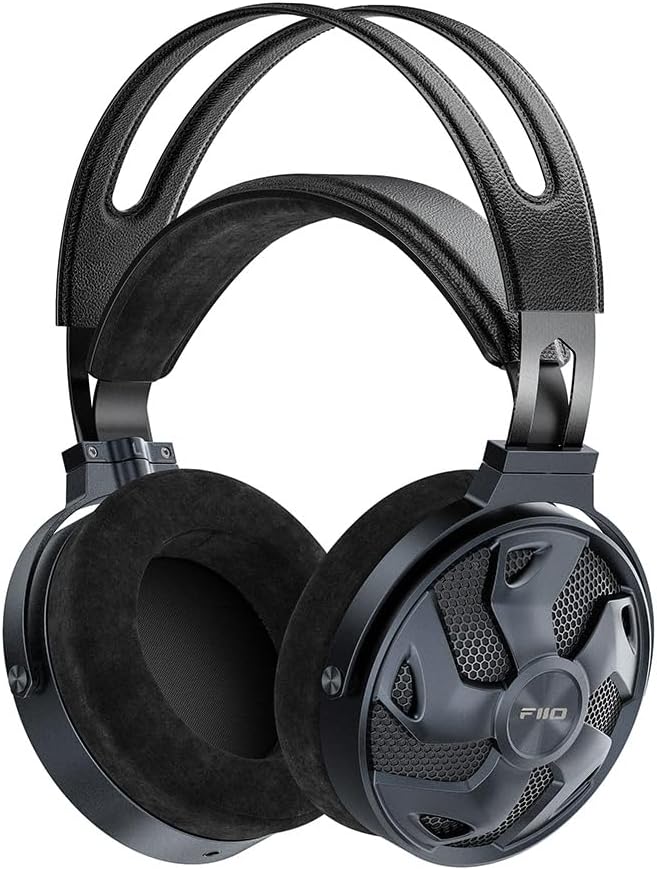The Physics of Transparency: Decoding Electrostatic Audio via the Koss ESP-950
Update on Nov. 22, 2025, 3:16 p.m.
In the high-fidelity audio landscape, there exists a dividing line. On one side lie dynamic drivers—the pistons and magnets found in 99% of the world’s headphones. On the other side lies a technology that operates on entirely different laws of physics: electrostatic transduction.
Often surrounded by an aura of mystique and typically accompanied by a four-figure price tag (excluding the necessary amplification), electrostatic audio has long been the exclusive domain of the most dedicated audiophiles. However, one system has democratized this esoteric technology for decades, serving as a perfect case study to understand why some listeners refuse to settle for anything else. The Koss ESP-950 Electrostatic Stereophone is not merely a pair of headphones; it is a complete, self-contained ecosystem that illustrates the engineering principles of “weightless” sound.
To appreciate what this system offers, we must first discard our understanding of conventional speakers and delve into the microscopic world of static charges and electric fields.

The Zero-Mass Ideal: How Electrostatic Drivers Work
The holy grail of loudspeaker design is a diaphragm with zero mass. A heavy diaphragm has inertia; it struggles to start moving when a drum is struck and struggles to stop when the note ends. This physical lag blurs transients and obscures detail.
Electrostatic technology approaches this zero-mass ideal more closely than any other. Instead of a cone attached to a heavy voice coil, the Koss ESP-950 employs a diaphragm made of ultra-low-mass 1.5-micron C-grade polyester film. To put this in perspective, this film is significantly thinner than a human hair and lighter than the air it displaces.
This film is coated with a semi-conductive material and suspended between two perforated metal plates, known as stators. Unlike dynamic drivers that push from the center, creating cone breakup and distortion, the electrostatic force acts uniformly across the entire surface of the diaphragm. When the audio signal creates a fluctuating electrical field between the stators, the charged diaphragm is pushed and pulled with absolute precision.
The result? A transient response that is effectively instantaneous. This engineering translates to a sound signature characterized by extreme transparency and a “speed” that renders complex textures—like the rosin on a violin bow or the breath of a vocalist—with startling realism.

The Necessity of the Energizer: Why You Can’t Just Plug It In
One of the most common points of confusion regarding electrostatic headphones is their connectivity. You cannot plug the ESP-950 into a standard headphone jack. The physics of the driver demands a specialized component: the Energizer.
For the diaphragm to respond to the audio signal, it must hold a constant static electrical charge. This requires a high-voltage “bias.” The included E/90 Energizer supplies a substantial 600V DC bias to the diaphragm. Simultaneously, it steps up the standard audio signal from your source (DAC or pre-amp) to the high voltages (hundreds of volts) needed to drive the stators.
This is why the ESP-950 is sold as a system. The E/90 is not an accessory; it is the engine room. It handles the complex task of voltage amplification (60 dB) and impedance matching (100k Ohms), ensuring the delicate drivers perform safely and optimally. While some users may eventually experiment with third-party electrostatic amplifiers, the included E/90 provides a critical “turnkey” solution that lowers the barrier to entry for this complex technology.
The Material Paradox: Acoustics vs. Aesthetics
When evaluating the ESP-950, one cannot ignore the “plastic paradox.” In an era where premium headphones are draped in aluminum, wood, and lambskin, the ESP-950 is unapologetically plastic, featuring synthetic “leatherette” pads.
From a purely tactile perspective, this can feel underwhelming. However, from an engineering standpoint, the choice of materials serves a specific function: weight reduction. At approximately 353 grams, the headset is remarkably light for its size. In the world of head-fi, comfort is a performance metric. A headphone that disappears on your head allows for longer immersion in the music.
Furthermore, the open-back design, guarded by steel acoustical grills, is essential for the dipole radiation pattern of the electrostatic driver. Sound is emitted equally from the front and back of the diaphragm. By allowing the back wave to escape freely, the design prevents internal resonances that could color the sound, maintaining that signature “airy” soundstage electrostats are famous for.
It is also worth noting that Koss counters the concerns about build materials with a legendary Limited Lifetime Warranty. This policy effectively acknowledges the product’s construction while guaranteeing its longevity, a move that creates significant trust within the audiophile community.

The Sonic Profile: A Tool for the Mid-Range Purist
What does this technology actually sound like? The ESP-950 is a “reference” tool in the truest sense. Because the diaphragm lacks the mass to store energy, there is almost zero “overhang” or muddiness.
The Strengths: * Mid-range Purity: Human hearing is most sensitive to the mid-range (vocals, guitars, pianos). This is where the ESP-950 excels, delivering a liquid, grain-free presentation that many dynamic headphones struggle to match. * Imaging: The coherent wavefront allows for pinpoint placement of instruments within a mix.
The Trade-offs: * Bass Impact: Because the diaphragm is tensioned and lacks the long excursion of a dynamic driver, electrostatic headphones generally do not move as much air. They deliver accurate bass pitch and texture, but they will not provide the visceral “slam” or physical impact required by bass-heavy electronic genres. * The Sweet Spot: The split volume/balance knob on the E/90 allows for precise channel matching but requires a deliberate hand. It’s a quirk of the analog nature of the device.
Conclusion: A Legacy of Engineering
The Koss ESP-950 stands as a testament to the enduring value of electrostatic principles. It is not a fashion statement, nor is it a bass monster. It is a piece of specialized audio equipment designed for a specific purpose: the absolute faithful reproduction of the audio signal with minimal inertia.
For the listener willing to trade the physical thump of dynamic drivers for the ethereal speed and clarity of electrostatics, this system offers a gateway into a higher tier of audio appreciation. It serves as a reminder that in the pursuit of sonic purity, sometimes the most important component is the one you can’t see: the invisible field of static charge that brings the music to life.
